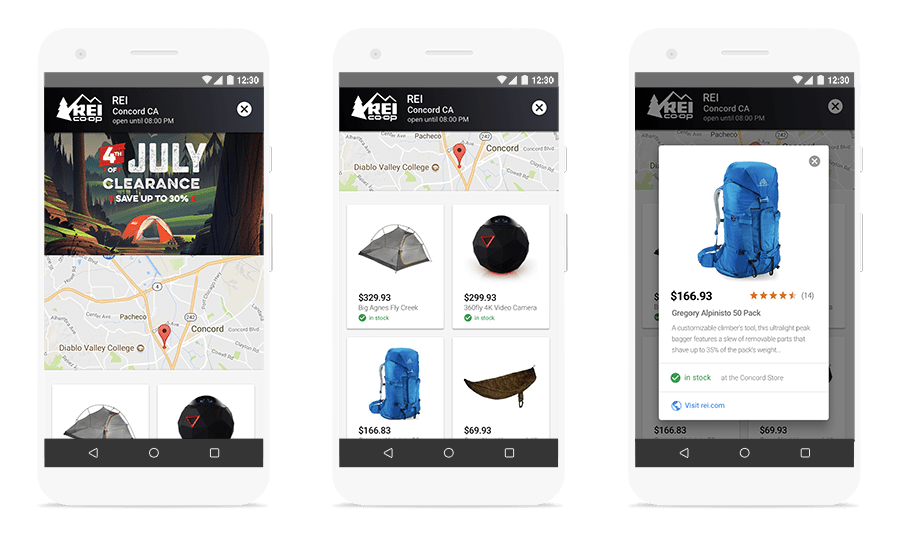Retailers brought in nearly $6.6 billion, according to Adobe, which tracks data through its analytics services. That sales figure is up 16.8% compared to last year and is projected to be the largest online shopping day in history, Adobe said in a release.
Those figures are roughly in line with projections and represent a more than $2.5 billion increase since 2014, according to Adobe.
In many ways, it reflects the growth of e-commerce as an industry and as Cyber Monday has grown, digital sales have exploded throughout the entire Thanksgiving week as brick-and-mortar sales inch along or decline (but still remain hugely important to holiday sales).
Retail Dive took a look at some of the big takeaways from the day.
Mobile is taking over
"Mobile Monday" might soon be the better term for the day just passed, which the National Retail Federation dubbed Cyber Monday in 2005. More consumers than ever took to their phones to snatch up holiday sales deals, according to several firms tracking the day.Mobile set a new record with 47.4% of site visits, with smartphones making up about 40% of visits, according to Adobe. Perhaps more importantly, Adobe said mobile accounted for 33.1% of Cyber Monday revenue (smartphones specifically accounted for 24.1% of revenue). Smartphone traffic specifically grew 22.2% year-over-year, while revenue coming from smartphones — at $1.59 billion on Monday — grew 39.2% percent year-over-year, marking a new all-time high.
"Shopping and buying on smartphones is becoming the new norm and can be attributed to continued optimizations in the retail experience on mobile devices and platforms," Mickey Mericle, vice president, marketing and customer insights at Adobe, said in a statement emailed to Retail Dive. "Consumers are also becoming more savvy and efficient online shoppers. People increasingly know where to find the best deals and what they want to purchase, which results in less price matching behavior typically done on desktops."
Rob Garf, vice president of industry strategy and insights with Salesforce's Commerce Cloud unit, said in an interview on Monday morning that computers' share of purchases over the shopping period fell below 50% for the first time.
Mobile accounted for 64% of Cyber Monday sales with merchants using Shopify's e-commerce platforms, according to Shopify. That was a 10% increase from last year.
The shift to mobile follows both the adoption of the smartphone over the past decade as well as retailers' (typically larger ones) efforts to make mobile shopping seamless and painless. And that goes not just for browsing, but purchasing. "Consumers are tethered to their mobile devices," Garf said. "They don't need to wait. Retailers have made it easier to purchase on their mobile device."
Mobile is king!!! More to xome soon.
From Joe Rossini
credit Retail Dive for the information
